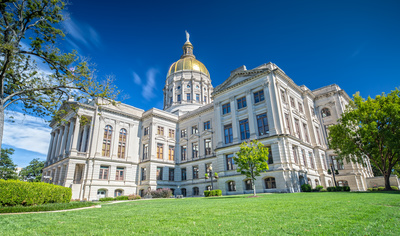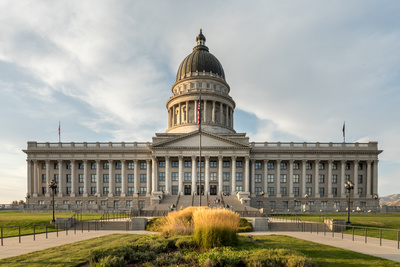
Elections & Campaigns, Energy & Environment
Nine States Face Key Public Utility Commission Elections Ahead of 2026
October 27, 2025 | Billy Culleton
May 21, 2024 | Bill Kramer
-1140c8-1200px.jpeg)
Key Takeaways:
Policymakers are waking up to the realization that a major roadblock to transition U.S. energy consumption to renewable resources is not our ability to build out solar and wind generation but how fast we can expand the high-voltage transmission lines needed to carry the power from the source to the consumer. The capacity of the nation’s power grids will be tested by the full weight of transitioning homes and vehicles from fossil fuels to electricity and the insatiable appetite for electrons that data centers, artificial intelligence systems, and cryptocurrencies demand. In only the past year, grid planners have doubled their growth expectations for the nation’s electricity demand over the next five years.
Growing the energy pie will require not only building new power lines, but also expanding the capacity of existing lines. Construction of new lines typically requires a decade or more to navigate the balkanized grid systems containing thousands of utilities strewn with dozens of veto points and piles of permitting paperwork for each new line. This is particularly an issue when adding new solar and wind generation to the grid because the sun shines brightest and the winds are strongest in particular geographical locations, many of which will need new high-voltage transmission lines to get that renewable energy to the country’s population centers.
Advocates are working to make the construction of new transmission lines easier. And that’s a necessary step, even if it won’t happen overnight under the best circumstances. However, states are beginning to embrace a parallel step in this transmission line expansion that could be equally important — especially in the short to medium term. In 2023, Montana lawmakers passed a bill (MT HB 729) incentivizing state utilities to utilize “advanced conductor programs” to expand current power lines’ capacity.
Advanced conductoring replaces existing transmission line cables with upgraded materials that will allow each line to carry up to twice the amount of electrical current at roughly half the cost and a fraction of the time of building new lines. Instead of permitting and building new lines altogether, workers replace the cables on current infrastructure. Another benefit is that the new advanced conductoring lines sag less than traditional lines, which reduces wildfire risks. This year, lawmakers in Virginia enacted a bill (VA HB 862) requiring utilities to include “a comprehensive assessment of the potential application of grid-enhancing technologies and advanced conductors” as part of long-term grid planning.
Expect more states to take this dual plan approach — incentivizing and easing the regulatory burden to (1) build new transmission lines and (2) expand the capacity of current lines with upgrades like advanced conductoring — to address the rising electricity demand.
This article appeared in our Morning MultiState newsletter on May 17, 2024. For more timely insights like this, be sure to sign up for our Morning MultiState weekly morning tipsheet. We created Morning MultiState with state government affairs professionals in mind — sign up to receive the latest from our experts in your inbox every Tuesday morning. Click here to sign up.

October 27, 2025 | Billy Culleton

August 13, 2025 | Bill Kramer

July 8, 2025 | David Shonerd